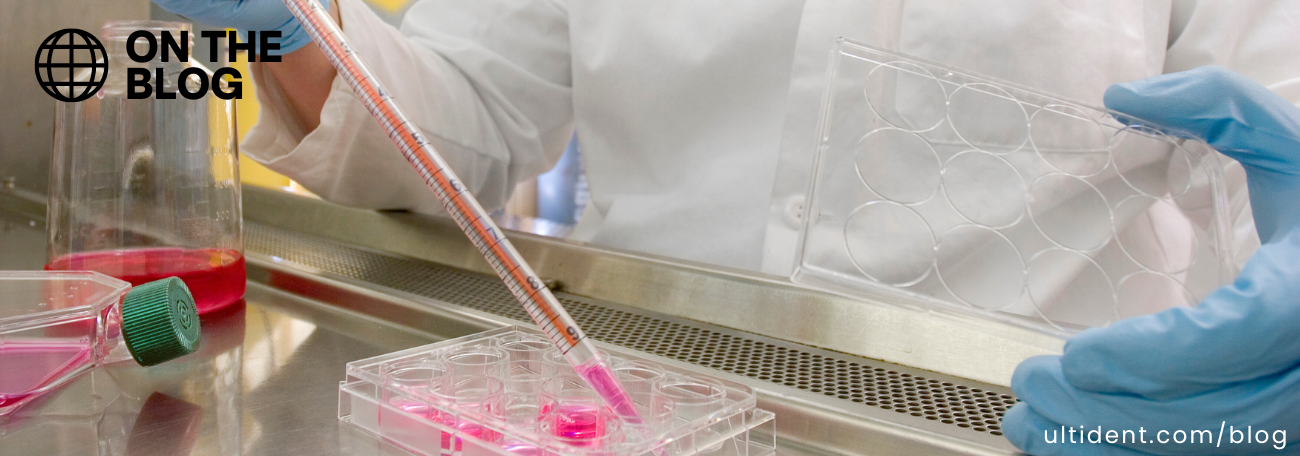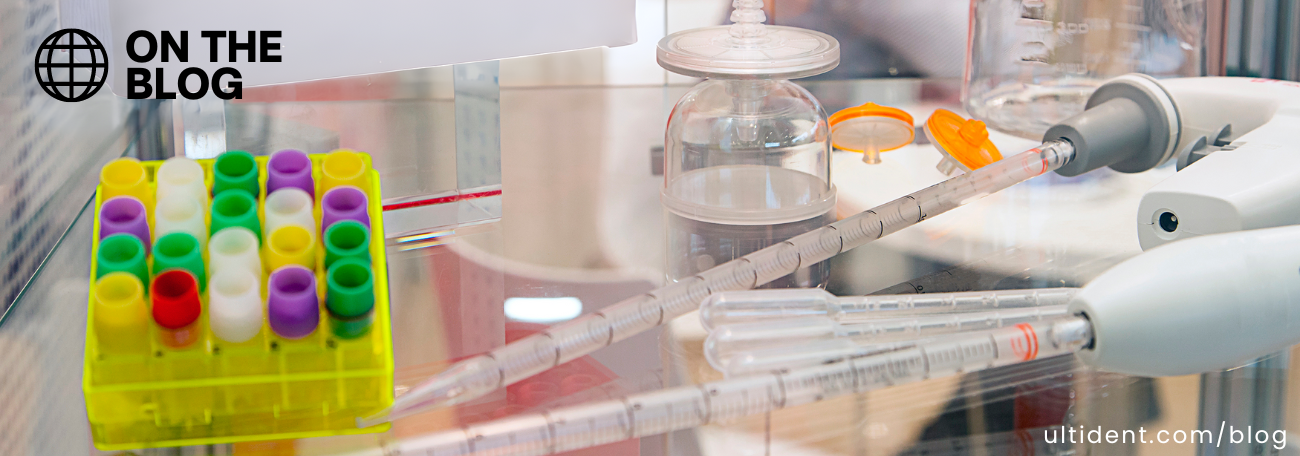4 Reasons Life Science Labs are still Experiencing Supply Shortages


4 Reasons Life Science Labs are still Experiencing Supply Shortages
As the COVID pandemic continues to twist and turn, life science labs are still experiencing supply shortages. We break down the main reasons why so many life science labs are still struggling to source consumables 18 months into the pandemic.
1- Increased Demand for COVID Testing
Supplies Microplates, transfer pipettes, filter tips, gloves, and other equipment typically needed for life science labs are also needed for hospitals, testing centers, and vaccine administration sites. The pandemic’s sudden arrival made it difficult for consumable suppliers to grapple with an unprecedented demand for a historically stable product.
2- Decreased Supply of Plastic and Polypropylene
This first point relates to another step back on the supply chain as plastic/polypropylene needed to make a variety of research equipment such as cell culture dishes, pipettes, centrifuge tubes, etc., are also in shortage. This is because of a strong worldwide demand for plastics in a variety of industries (including food packaging, automobile components, electronics, appliances, PPE). Plus, the pandemic gave rise to logistical problems that prevent the reallocation of plastic chemicals and plastics between markets.
In the periphery, the supply of plastic is also being interrupted. Winter Storm Uri disrupted the entire Texas and Louisianna oil and natural gas supply chain, increasing oil prices dramatically. On top of this, plastic plants routinely go through major maintenance shutdowns every three to five years. In the hopes of catching up with demand, most plants skipped the 2020 shutdowns. However, the shutdowns can no longer be delayed, these shutdowns are in addition to the 2021/2022 maintenance shutdowns already scheduled.
3- Foreign Supply Restrictions
Another reason for the lack of lab supplies is our heavy reliance on imported products combined with a foreign supply restriction. For example, Malaysia supplies around 67% of total gloves consumed globally. Although counties like Canada have had some relief in the case numbers, cases in Malaysia continue to surge. As a response to the surge, the Malaysian government restricted movement and economic activity in some parts of the country, shutting down manufacturing facilities. The glove sector was particularly affected by tight lockdowns with glove shortages expected to continue into 2022.
4- A Global Shortage of Shipping Containers
Even when supplies are available, the pandemic has stalled deliveries globally. Why? Air traffic has significantly slowed and there is a global shortage of shipping containers. The rise in consumer demand, the manufacturer’s rush to restock inventories, and the supply chain bottlenecks have more than quadrupled the worldwide average price to ship a 40-foot container from a year ago. Furthermore, shipping companies were not prepared to handle the extra pressure of demand and restrictions caused by the pandemic. For example, the Suez Canal blockage in March and bottlenecks at gateways in Southern California and China’s Yantian port have tied up ships at sea for days and weeks at a time, with the backups rippling across supply chains and leaving containers in short supply.
Conclusion
Although every stop along the supply chain is doing its best, supply issues for certain lab consumables are expected to continue until the emergency state of the pandemic is over. However, that doesn’t mean there hasn’t been innovation. Globally, industries are adapting, improving their inventory and wait times. Canadian manufacturers are beginning to produce items domestically and demand is becoming more predictable as consumers are stockpiling supplies less and less. Overall, as the world continues to adapt to the pandemic, so will the supply chain.





